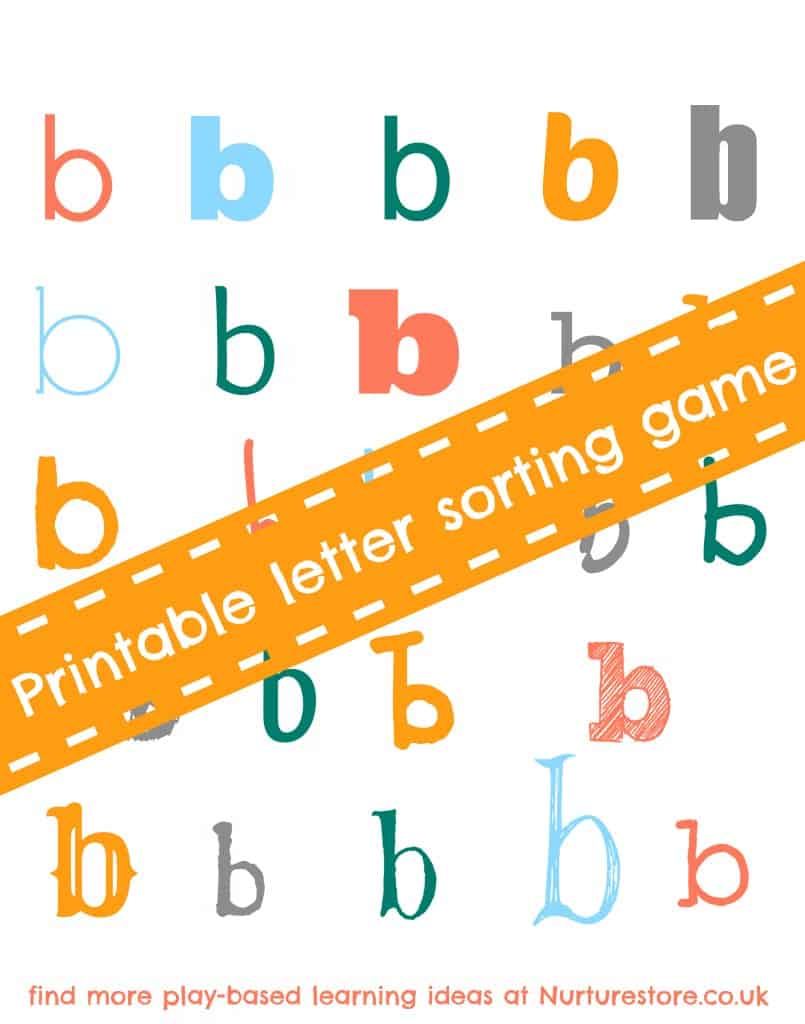We’ve hit on a winning combination this week and discovered a super fun way to encourage lots of reading and writing. Here’s how we’re using speech bubbles to bring giggles to learning to read and write.
by Cathy James
We’ve hit on a winning combination this week and discovered a super fun way to encourage lots of reading and writing. Here’s how we’re using speech bubbles to bring giggles to learning to read and write.
by Cathy James
Grab one of these brilliant books about nature and take your reading outdoors to an amazing outdoor reading area!
by Cathy James
I’m always looking for ways to make our learning fun, so here’s a printable you can use for alphabet games, especially focused on the often-mixed-up letters b, d and p. It’s something I’m working on with my daughter right now, and with the addition of our hungry monsters, the learning is coming along with lots of giggles too.
 Alphabet game :: letter sorting [Read more…]
Alphabet game :: letter sorting [Read more…]by Cathy James
Welcome to day five of our activities for toddlers series. We’ve already looked at sensory play, arts and crafts, maths games and imaginary play and today we have some lovely playful ideas for reading, writing and songs that are just right for toddlers.
by Cathy James
My daughter is interested in learning how to read so I’m always looking for ways to add words in to our play. She enjoys reading books, but she’s still at the stage where that can feel like hard work sometimes. Adding words into our play gives her lots of opportunities to practice reading but it feels much more like fun than a lesson. Here’s a very simple but effective way to add in some reading to a story telling and art play time :: we’re using speech bubbles!
by Cathy James
We’ve had our People Book for a couple of years now and it’s loved by the babies and toddlers who read it. Very young children are naturally drawn to looking at faces, so why not capture their interest by making a book of their favourite faces for them.
Our book includes lots of pictures of people the children know: themselves, family and friends. They just love it when they spot someone they recognise! It also provides lots of opportunity to chat and ask questions about what everyone looks like, and to play i-spy.
We’ve added in some pictures from magazines so we could include a whole range of people: different ages, sexes, hair and skin colours, wearing glasses, wearing headscarves, in wheelchairs, in different family groups. It’s a good way to introduce aspects of the world to your child – and if you’re working in an early years setting and wanting to provide multi-cultural resources, this is a great way to reflect your society. It can also be a useful way to link home and an childcare setting, as you can ask parents to send in some pictures from home for you to include.
You could also make a version that includes faces showing different emotions, and begin to talk about having different feelings.
We glued our faces onto coloured sugar paper, laminated them and then bound them together, which gave us a sturdy book which has lasted lots of toddler handing. If you don’t have access to a laminater, a photograph album or a scrapbook are good alternatives.
Do you make you own books with your children? Do they read them as much as other story books?

